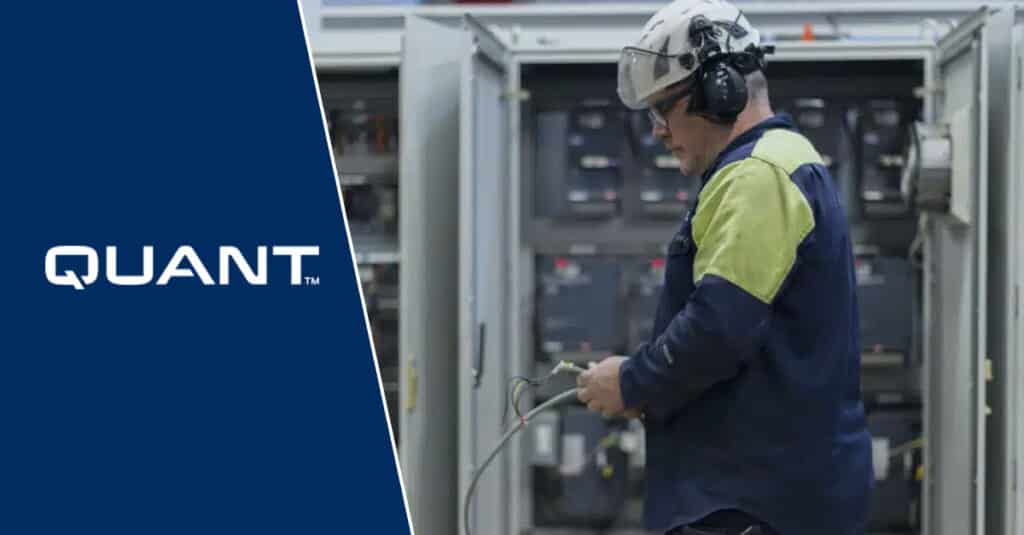October 24, 2025
7 Perspectives on Electrical Safety: When electrical safety fails, production stops

In this article series, I explore seven different perspectives on how electrical safety appears in everyday industrial operations, and why it plays a crucial role in ensuring production continuity. Electrical safety is often seen merely as a legal requirement, when in reality, it is much more than that. A well-managed electrical safety culture improves efficiency, keeps costs under control, and above all, supports people’s wellbeing.
— Marko Salokannel, Electrical Safety Manager, Quant Finland
#3 Perspective: When electrical safety fails, production stops
Electrical safety rarely makes the headlines when everything works as it should. But when something goes wrong, the consequences can be unexpectedly extensive, ranging from production interruptions to risks to personal safety.
In industrial environments, even a seemingly small issue can lead to major consequences. I recall a few incidents from my career before joining Quant. In one case, condensation water entered the terminals of an electrical switchboard and caused a short circuit. Production came to a standstill for a full day, and the cost of downtime reached hundreds of thousands of euros. In another instance, a power surge in an automation system damaged a control panel. Because the protection was not in place, the equipment was permanently damaged, and repairs took several days. This not only halted production but also delayed deliveries and impacted customers.
Such incidents serve as a reminder of how even the smallest details can affect overall production continuity. A single day of downtime can cost more than an entire year’s maintenance program. But money is not the only measure. Downtime also strains personnel, creates pressure in customer interfaces, and weakens credibility. Neglecting electrical safety can lead to situations where the continuity of production itself is at risk.
Beyond the immediate financial consequences, there is a broader perspective to consider. When electrical safety fails, the impact extends far beyond repair costs or lost production. Over time, such incidents can reveal deeper shortcomings in leadership, maintenance resourcing, and risk management — the very elements that define an organization’s resilience and competitiveness.
Production interruptions often have effects that are not immediately visible in numbers. They can influence customer relationships, delivery reliability, and employee well-being, subtle signs of uncertainty or stress. Recognizing these signals early can provide valuable insights into where safety and maintenance practices still have room for improvement.
In the most serious cases, it is no longer just about production, it is about people. If an accident occurs in an electrical facility, work is stopped and the situation is thoroughly investigated to ensure everyone’s safety. Such events touch the entire workplace community, they raise questions, and remind us why safety is always a shared responsibility.
Electrical safety is therefore much more than a technical requirement; it is a vital part of risk management and strategic leadership. When it fails, the reliability of the entire organization is put to the test.
If electrical safety were to fail in your organization, would production stop only for a moment — or would it reveal deeper gaps in leadership, risk management, and organizational culture?

